What is Red Dye No. 3?

Red Dye No. 3 is a synthetic food coloring used to give foods and drinks a bright red or pink color. It's commonly found in candies, baked goods, and medicines. The dye has been linked to cancer in animal studies, raising health concerns.
The FDA announced a ban on Red Dye No. 3 in January 2025, citing these risks. Food manufacturers must stop using it by January 2027. This gives companies time to reformulate products with safer, approved alternatives.
Affected: Maraschino Cherries
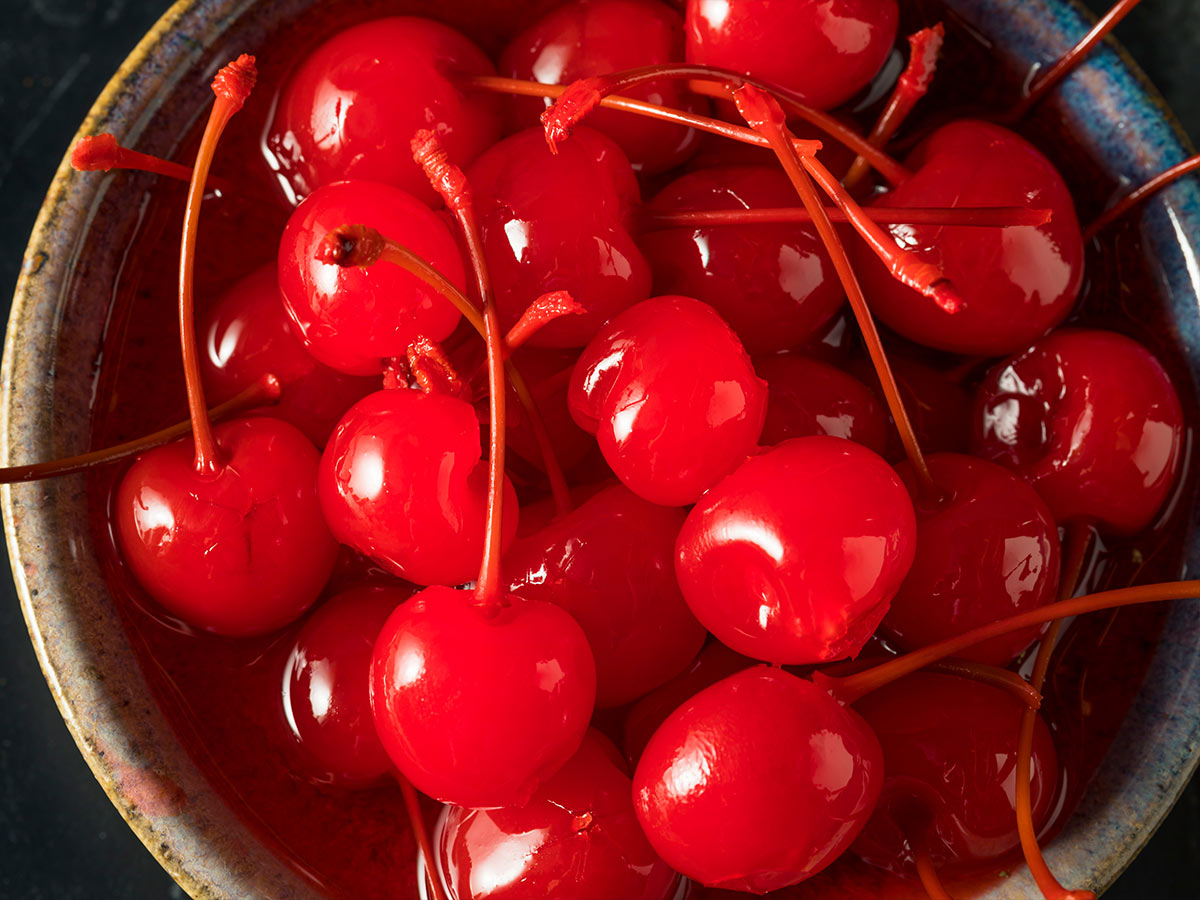
The Red Dye No. 3 ban in the U.S. will create challenges for maraschino cherry makers. This dye is what gives cherries their bright red color. By 2027, producers must change their recipes to follow the new rules.
To solve this, they might use natural colorings like beet juice or other plant-based options. Some brands, like Luxardo and Mezzetta, already avoid artificial dyes. They show other companies how to change while keeping customers happy.
Affected: Vigo Yellow Rice
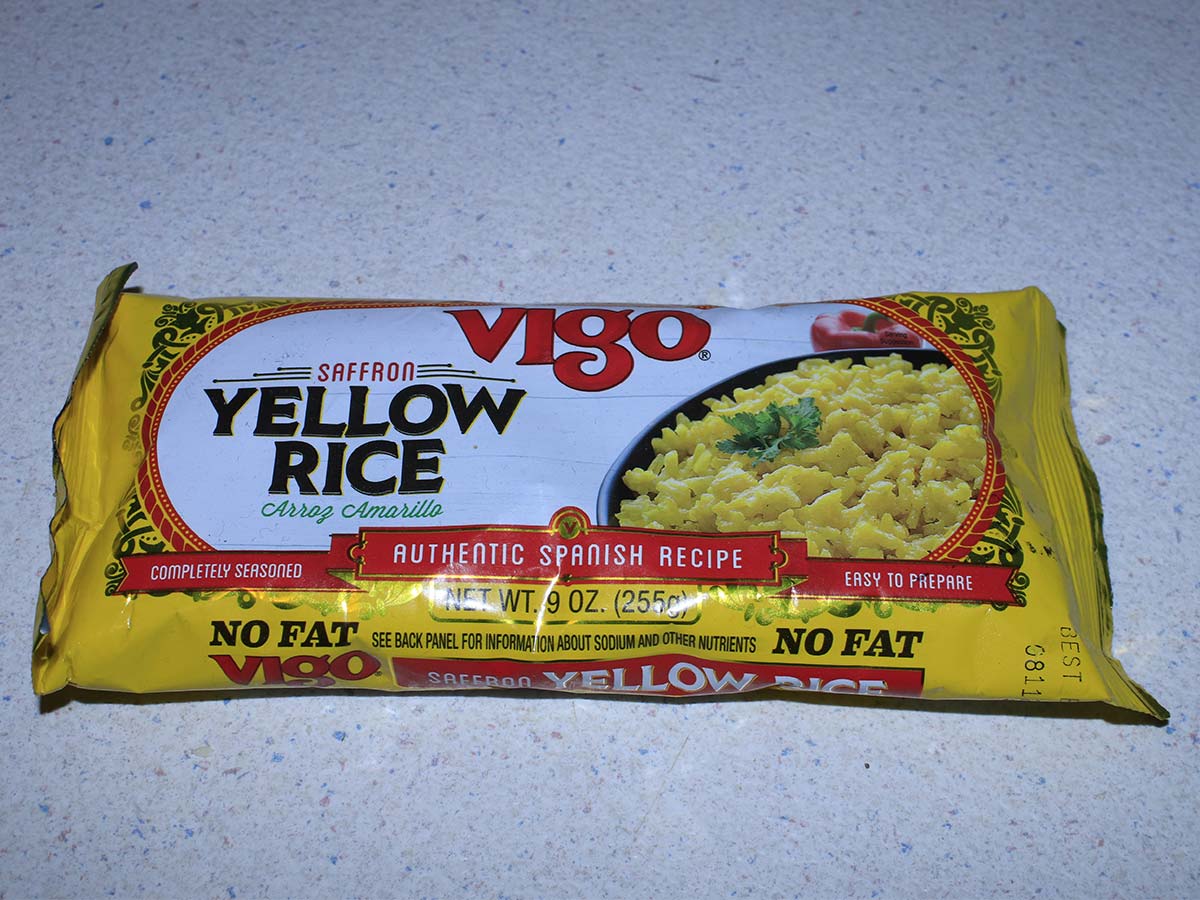
Rice isn’t what you’d expect to contain Red Dye No. 3, but it’s in so many unexpected products. Many types of yellow or saffron rice are dye-free, but Vigo yellow rice does use Red Dye No. 3.
To adjust, Vigo might use natural color options like turmeric or saffron. These can give the rice its yellow color without using artificial dyes. This change will help meet the rules and keep customers satisfied.
Affected: Cake Mix
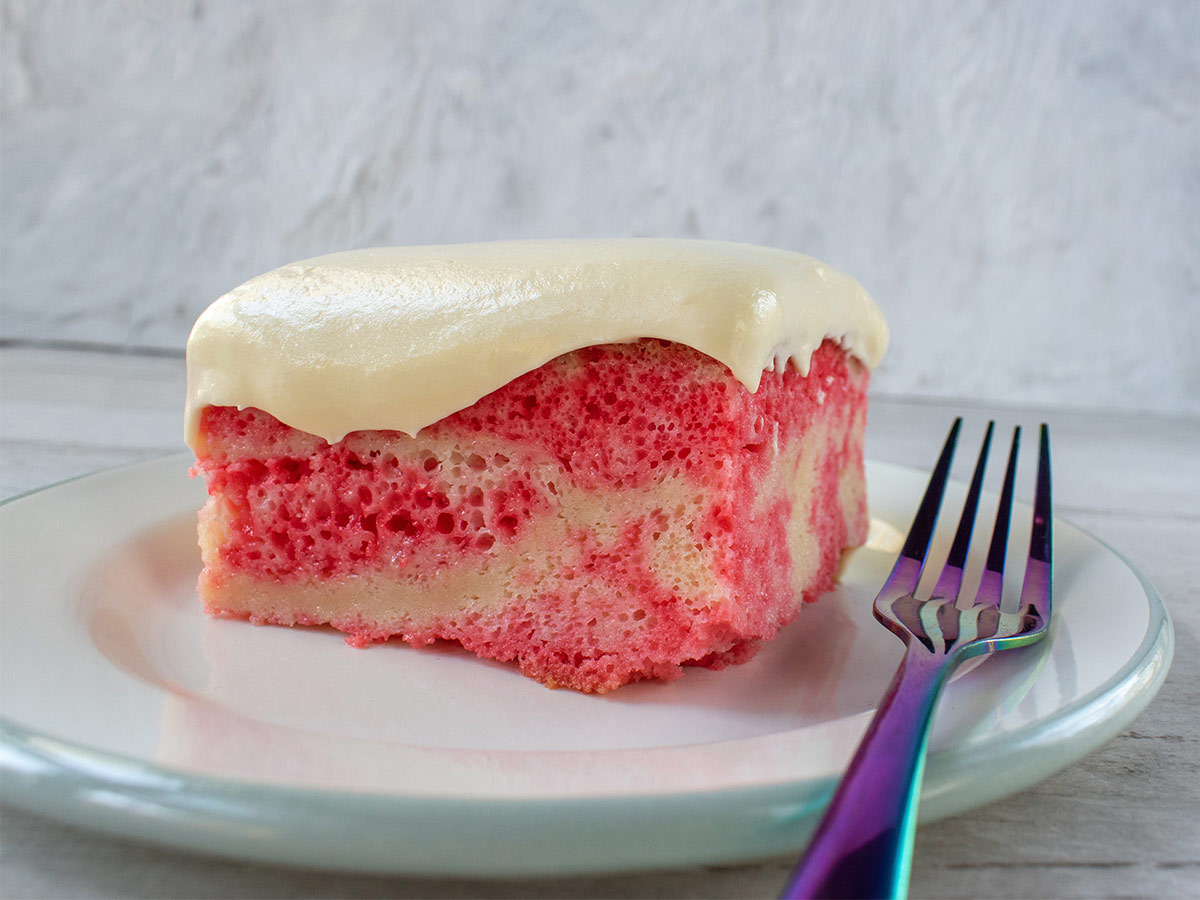
Colorful cake and cupcake mixes like Pillsbury Funfetti Strawberry Cake Mix often use Red No. 3. The ban means major brands must rework their recipes to remove this dye while keeping their products visually appealing.
Manufacturers may turn to natural coloring sources like beet juice or fruit powders. Pillsbury’s chocolate and yellow cake mixes, which don’t rely on Red 3, offer examples of how companies can adapt their product lines.
Affected: Nesquik Strawberry Milk
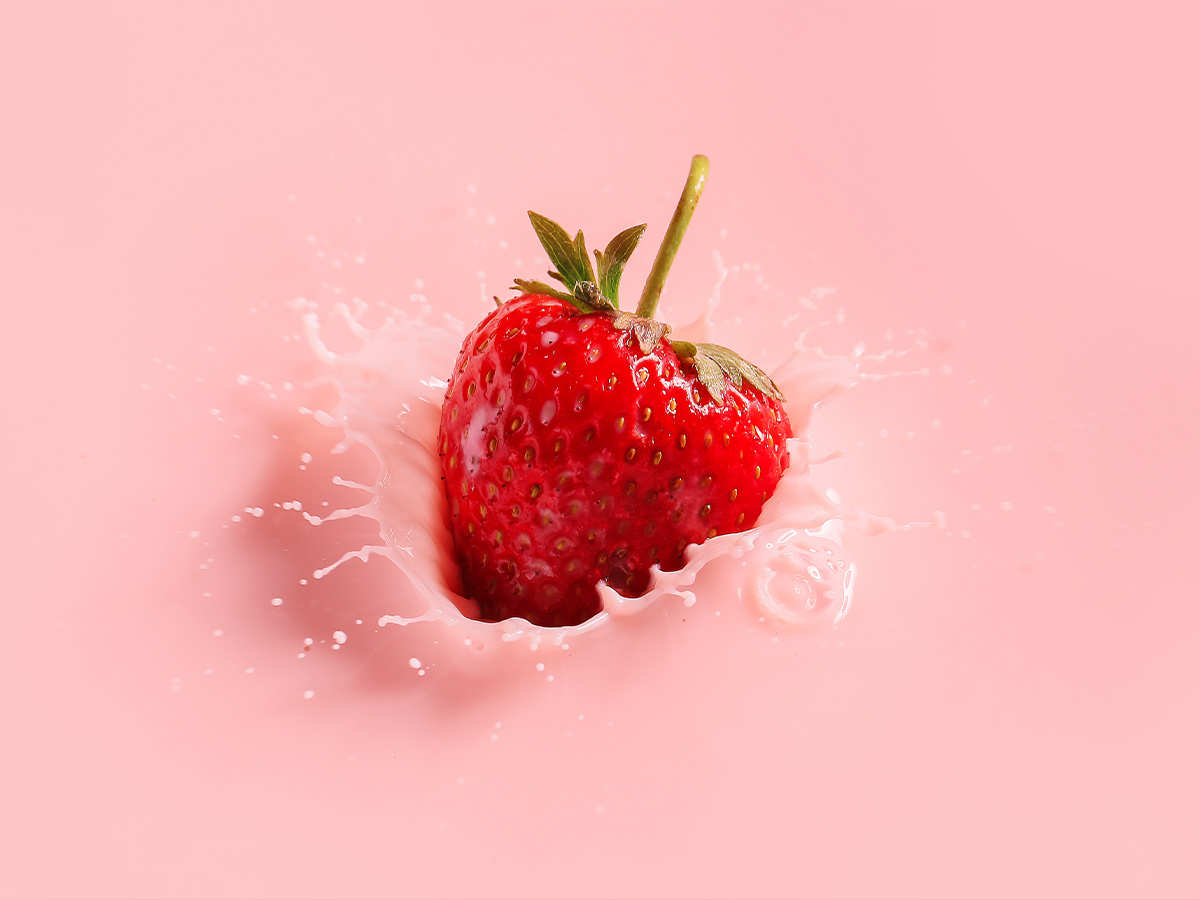
Unfortunately, it seems like most strawberry flavored products will have to change up their ingredients. Nesquik Strawberry Milk is no exception since it uses Red Dye No. 3 to achieve its iconic pink color.
Nestlé will have to move to natural dye alternatives such as beet or carrot juice. The pink shade may change a little, but the most important thing is staying on shelves while keeping the public safe.
Affected: Strawberry Shortcake Ice Cream Bar
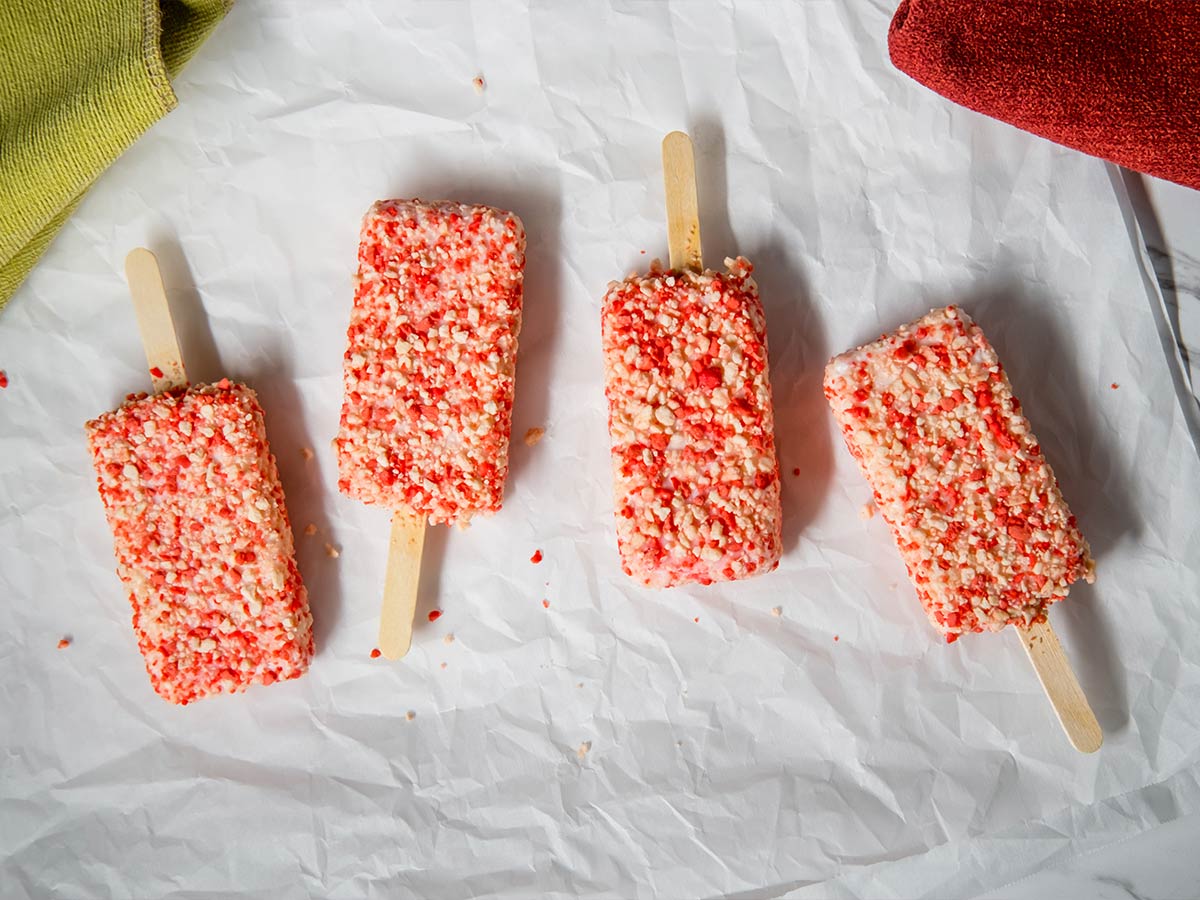
Good Humor’s Strawberry Shortcake Ice Cream Bar has a recognizable look. Unfortunately, that’s a problem for the company since the bar gets its unique look partly from Red No. 3.
Natural colorants, such as strawberry powder or annatto, may replace Red 3. Good Humor can use these alternatives to preserve the product’s blush tones without compromising quality or visual appeal.
Affected: Ensure Strawberry Nutrition Shake
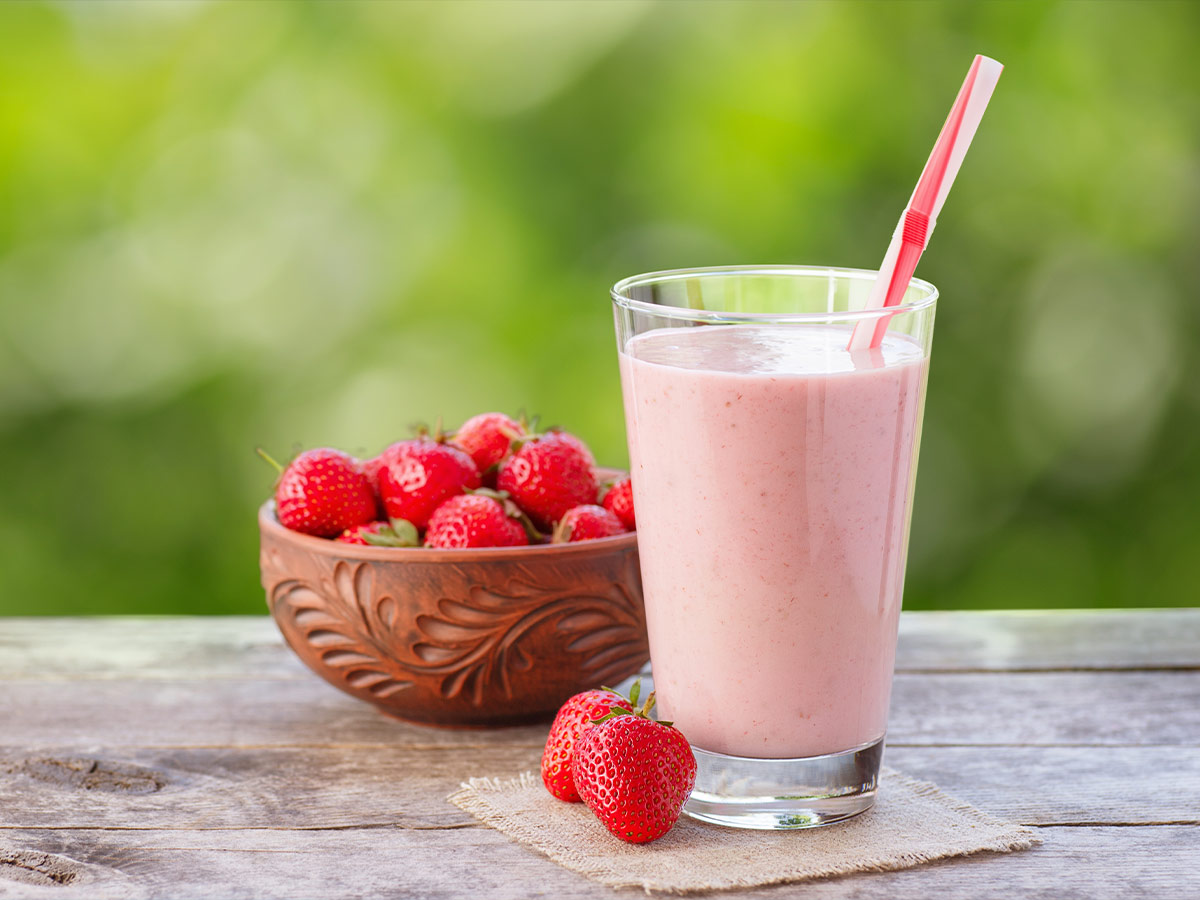
Ensure’s strawberry flavor contains Red Dye No. 3 to enhance its pink color. Abbott Laboratories, which manufacturers Ensure, will now need to remove the dye and explore natural coloring alternatives.
The strawberry shake could use beet juice or red paprika extract for coloring. Other options, like plant-derived anthocyanins, can also create the current shade while sticking to the new rules.
Affected: Pez
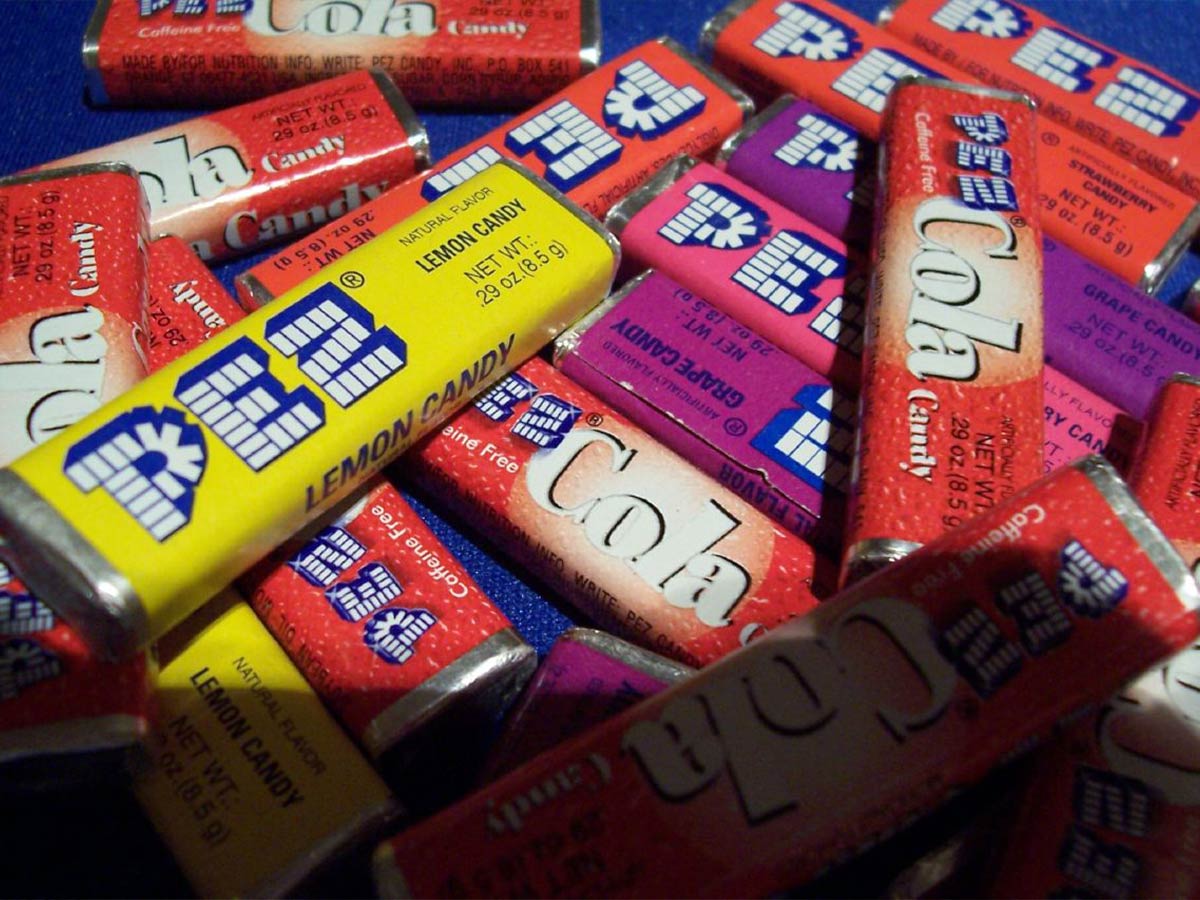
Pez candies in flavors like cherry and strawberry rely on Red Dye No. 3 for their vivid colors. The ban means these iconic confections will need reformulation to eliminate the ingredient without losing their recognizable look.
Many candy companies are turning to plant-based colors, and Pez may do the same. Using ingredients like fruit and vegetable extracts will help ensure the candies remain fun and colorful for fans.
Affected: Brach’s Conversation Hearts
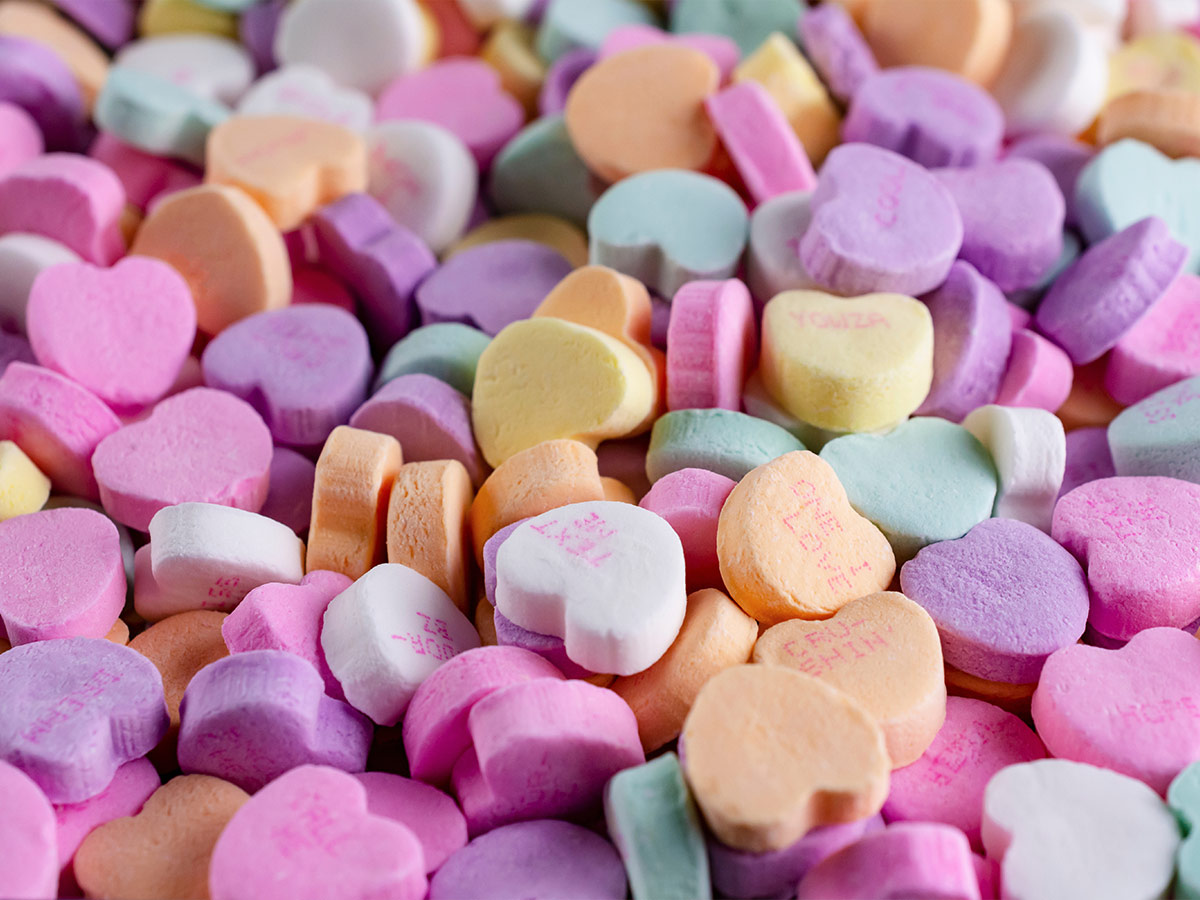
Valentine’s Day might look a little different in the next few years. Brach’s conversation hearts, the iconic candies with cute sayings, use Red Dye No. 3 for their pastel pink and red tones.
The brand is going to have to do something new or risk losing their place on store shelves. Plant-derived colors such as beetroot or black carrot extract could be perfect replacements to keep the signature look while staying safe.
Affected: Candy Corn
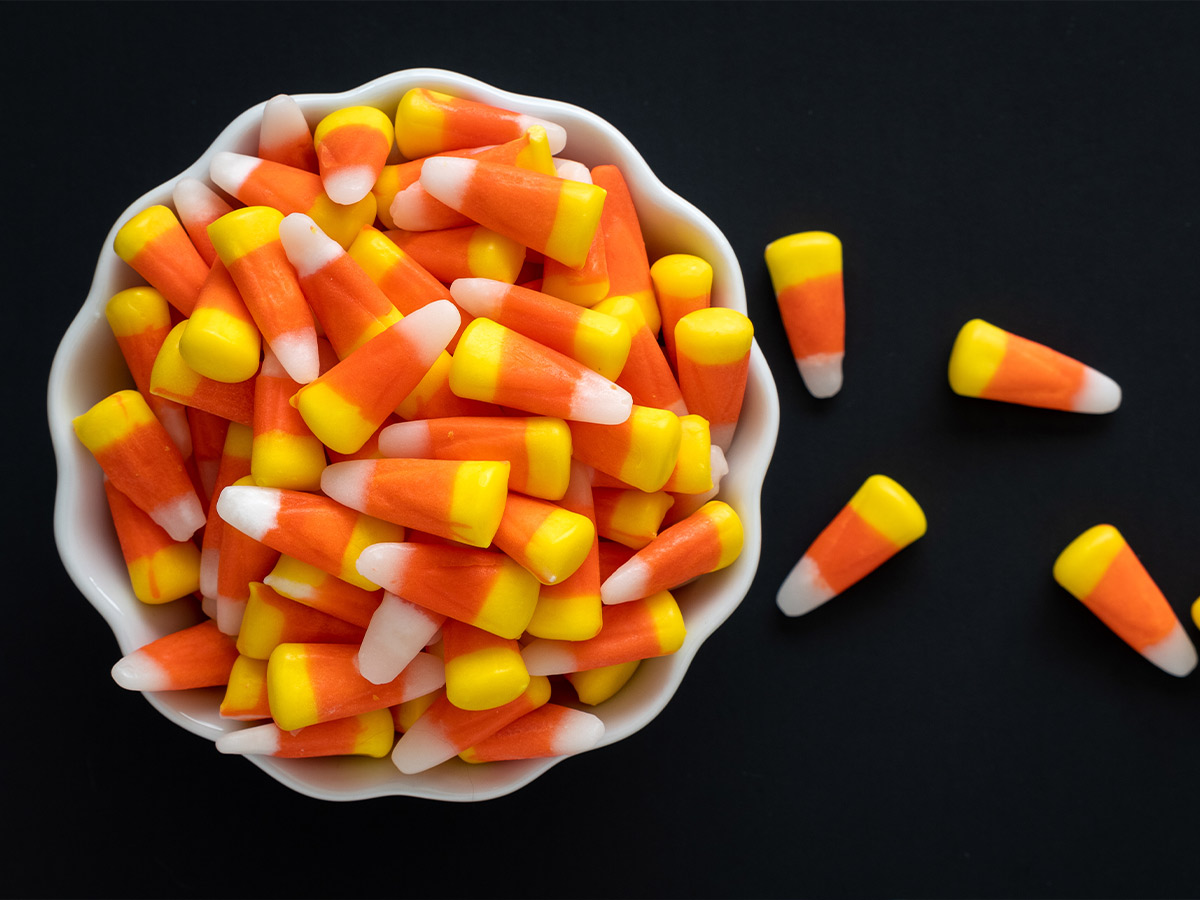
It looks like Red Dye No. 3 has a place at every holiday, even Halloween. The dye is found in candy corn, as it’s used in the bright orange and red sections. Now this is a food we could stand to lose.
However, options like annatto, beta-carotene, or paprika extract could replace synthetic dyes. That way, candy corn could keep its bright layers without harming anyone.
Affected: Betty Crocker Red Decorating Cookie Icing

Betty Crocker’s Red Decorating Cookie Icing relies on Red Dye No. 3 for its vibrant shade. The ban pushes the brand to find new ways to achieve bold colors without synthetic dyes in its baking products.
Natural alternatives, like carmine or fruit-based red pigments, could replace the dye. This shift ensures that home bakers can continue creating brightly decorated cookies with cleaner, safer icing options.
Not Affected: Flavored Puddings
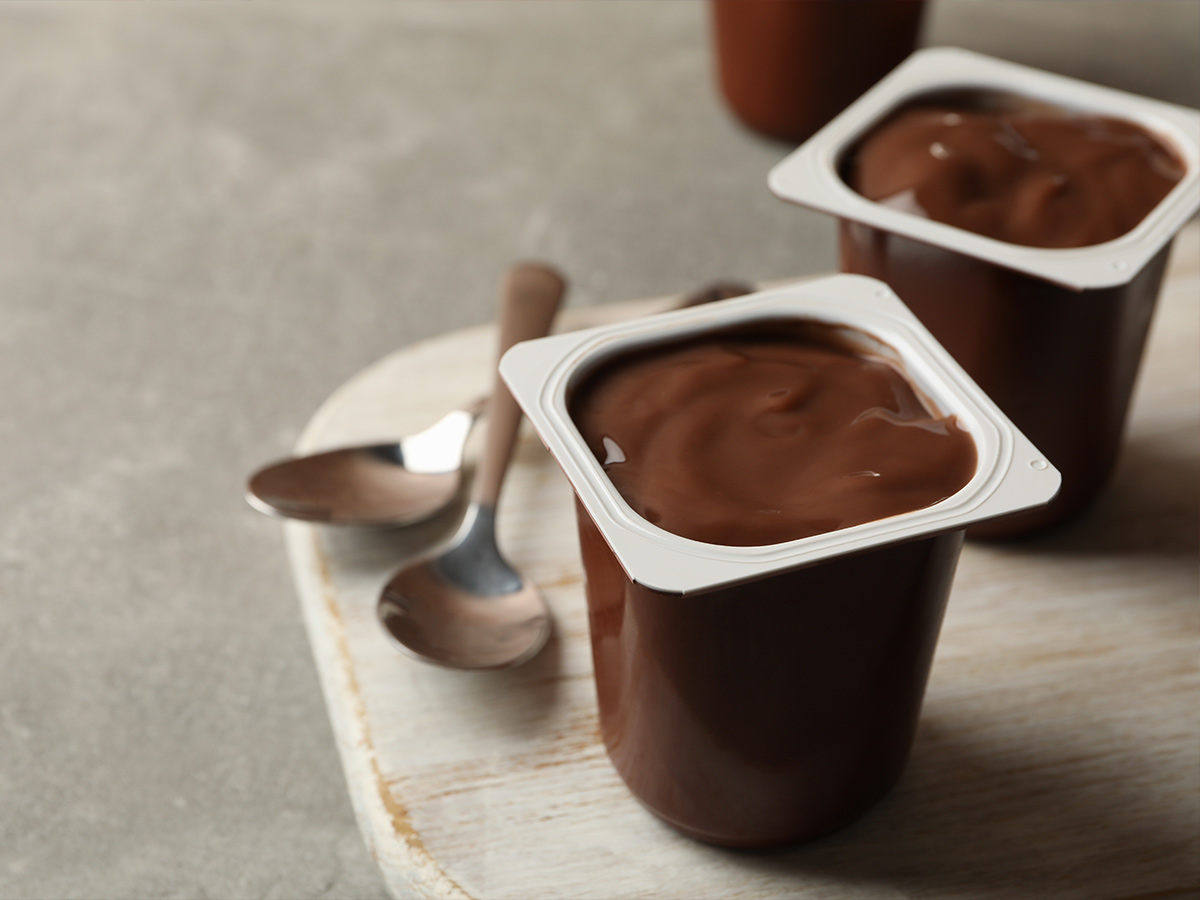
Some flavored puddings, including chocolate and vanilla varieties, have been wrongly labeled by certain outlets as being affected by the Red Dye No. 3 ban. However, these puddings do not use the dye for their colors.
Instead, pudding colors typically come from cocoa, caramel coloring, or other natural ingredients. While the ban impacts many foods, flavored puddings remain unchanged and safe from reformulation concerns related to artificial dyes.
Not Affected: Strawberry PediaSure
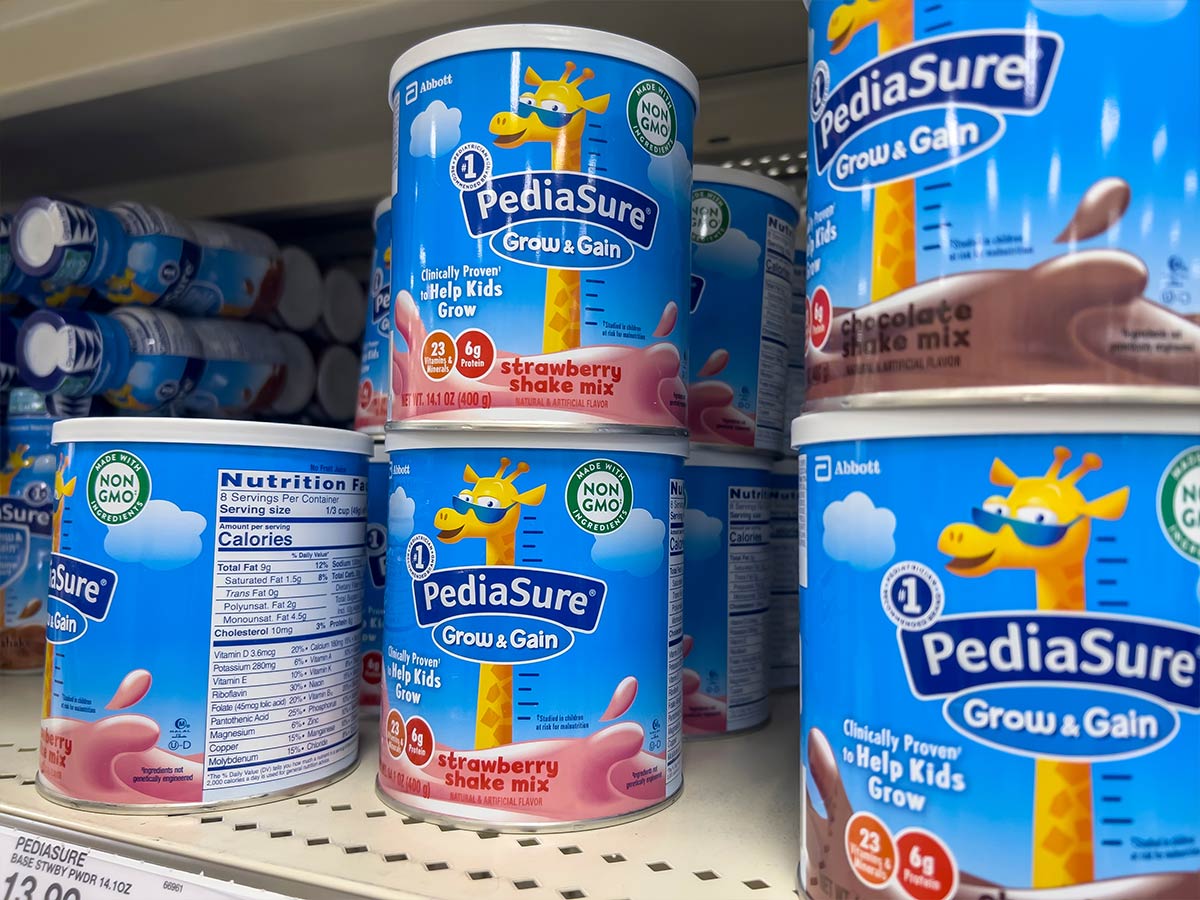
Strawberry PediaSure is another product often falsely included on lists of foods impacted by the ban. However, this nutritional shake does not use Red Dye No. 3 to achieve its pink color.
Its color comes from plant-based or naturally derived alternatives already approved for consumption. Parents can rest assured that Strawberry PediaSure remains unaffected by the ban and continues to meet its high safety standards.
Not Affected: Fruit by the Foot
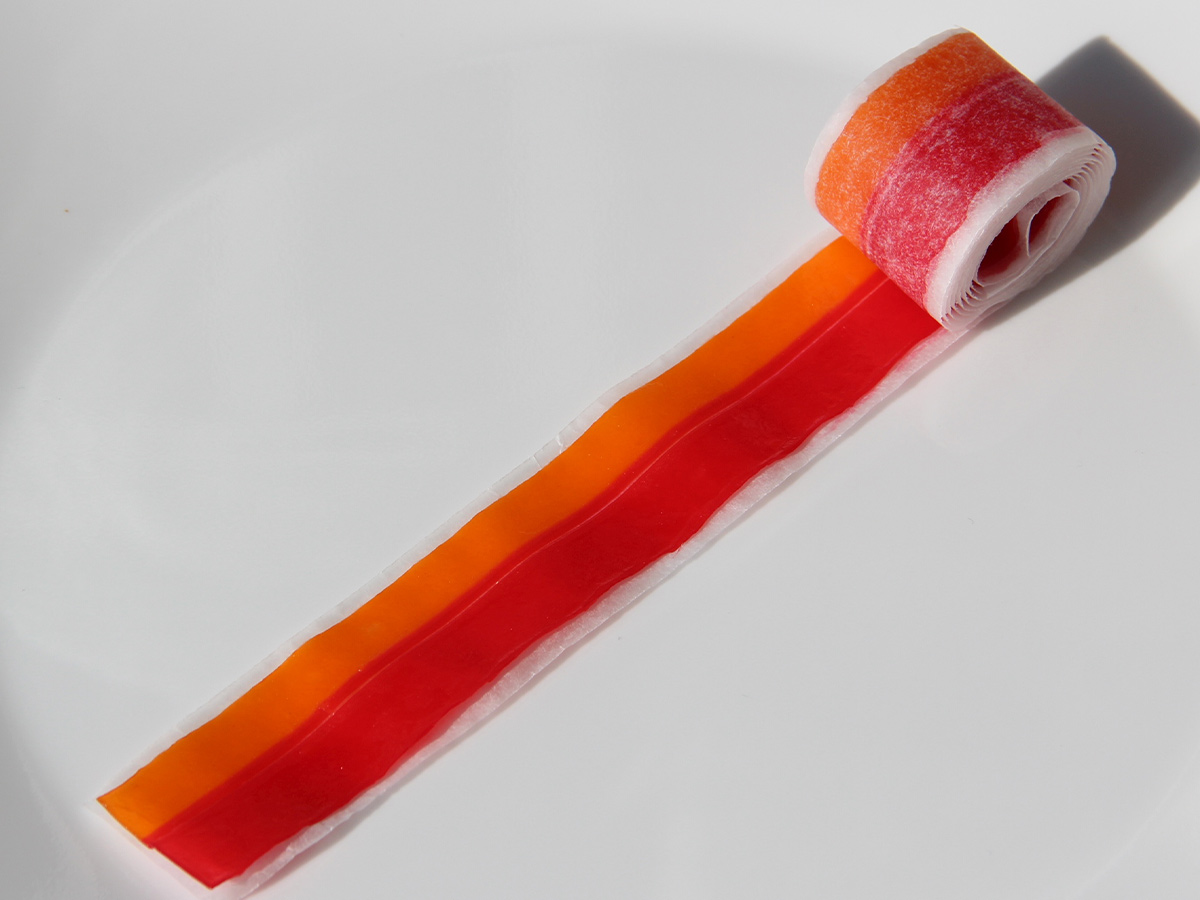
Some reports incorrectly claim that Fruit by the Foot is impacted by the ban. While the snack is known for its fun, bright colors, it does not contain Red Dye No. 3 in its recipes.
Its coloring comes from other sources, often including plant-based dyes or other synthetic options still on the approved list. Other candy companies could learn a thing or two from this one.
Not Affected: Sausages

Certain sausages have been named as potentially affected by the ban, which is a mistake. Sausages usually rely on natural spices like paprika or annatto for their reddish tones, not on Red Dye No. 3.
This misinformation has caused confusion, but sausage producers do not need to reformulate their products. Shoppers can confidently buy their favorite brands knowing they remain unaffected by the new rules.
 Author
Katy Reagan
Last Updated: December 01, 2025
Author
Katy Reagan
Last Updated: December 01, 2025
